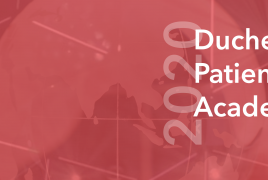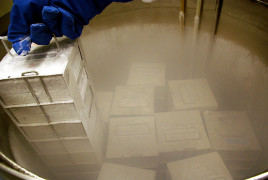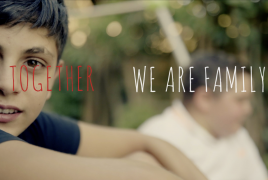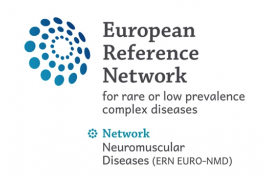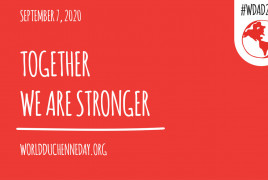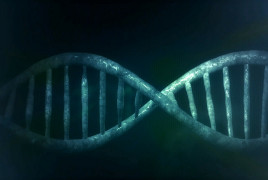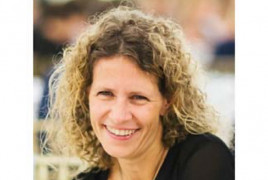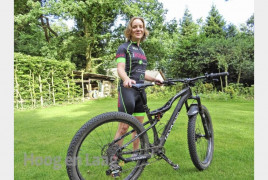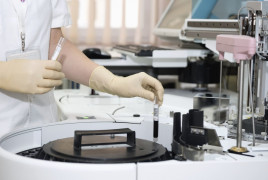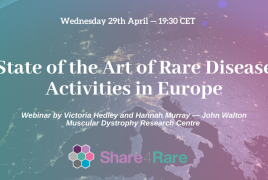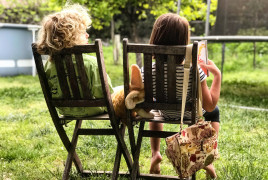Duchenne Patient Academy 2020: a leading worldwide patient advocacy event on neuromuscular conditions
Duchenne Patient Academy works in partnership with leading DMD patient organisations to set a strong patient advocacy base for patient organisations and the Duchenne and Becker community at large. WeThe MRC Centre for Rare and Neuromuscular Diseases Biobank
The principal objective of the MRC Biobank is to collect biomaterial from patients affected by neuromuscular disorders with the aim of supporting translational research. The availability of highWorld Duchenne Awareness Day: "Together, we are stronger"
This year's awareness campaign ‘Together, we are stronger’ was translated in 15 languages and collected over 1,000,000 views globally. This impressive number was reached due to an amazingEURO-NMD – An overview of European Reference Network for neuromuscular diseases
A staggering 7000-8000 rare diseases affect the daily lives of around 30 million people across the European Union. Even though EU citizens benefit from improved access to healthcare throughout theWorld Duchenne Awareness Day 2020: Duchenne and the brain
Learning and behavioural challenges in DMD and BMD Both conditions are characterised by progressive muscle breakdown. A certain part of the DNA is missing, duplicated, or changed so the code cannot beBetween hype and hope: the truth about gene therapy and genome editing in Duchenne muscular dystrophy
About Duchenne muscular dystrophy Duchenne muscular dystrophy (DMD) is the most common form of muscular dystrophy affecting around 1 in 5,000 newborn boys worldwide. The main characteristic is aMeeting the partners — John Walton Muscular Dystrophy Research Centre
Dr. Michela Guglieri is Honorary Consultant in Human Genetics and is working as a Neurologist and Senior Research Associate at the John Walton Muscular Dystrophy Research Centre (JWMDRC). UponExercise in neuromuscular disorders: a moving topic
Nicole Voet is a rehabilitation physician and scientific researcher in the Rehabilitation Centre Groot Klimmendaal in Arnhem and in the academic medical hospital Radboud University Medical Centre inIn pursue of the discovery of DUX4 small molecule repressors: how long is the path to the clinic in FSHD?
Facioscapulohumeral muscular dystrophy (FSHD) is the second most common form of muscular dystrophy affecting 1 in 8,333 individuals worldwide. The disease is characterized by progressive andWhat is a patient registry?
A patient registry collects information about patients who are affected by a particular condition. Registries are databases containing quantitative and qualitative data about the patients. In rareShare4Rare Webinar VIII: ‘State of the Art of Rare Disease Activities in Europe’
The Resource on the ‘State of the Art of Rare Disease activities in Europe’ is a well-established resource providing valuable, detailed information for all stakeholders in the field of rare diseasesAleksandra talks about her experience of caring for her children with rare neuromuscular diseases
Aleksandra has two children affected by a rare neuromuscular disease. Her son has a diagnosis of limb-girdle muscular dystrophy type 2D (LGMD2D) and her daughter has a diagnosis of collagen VI
